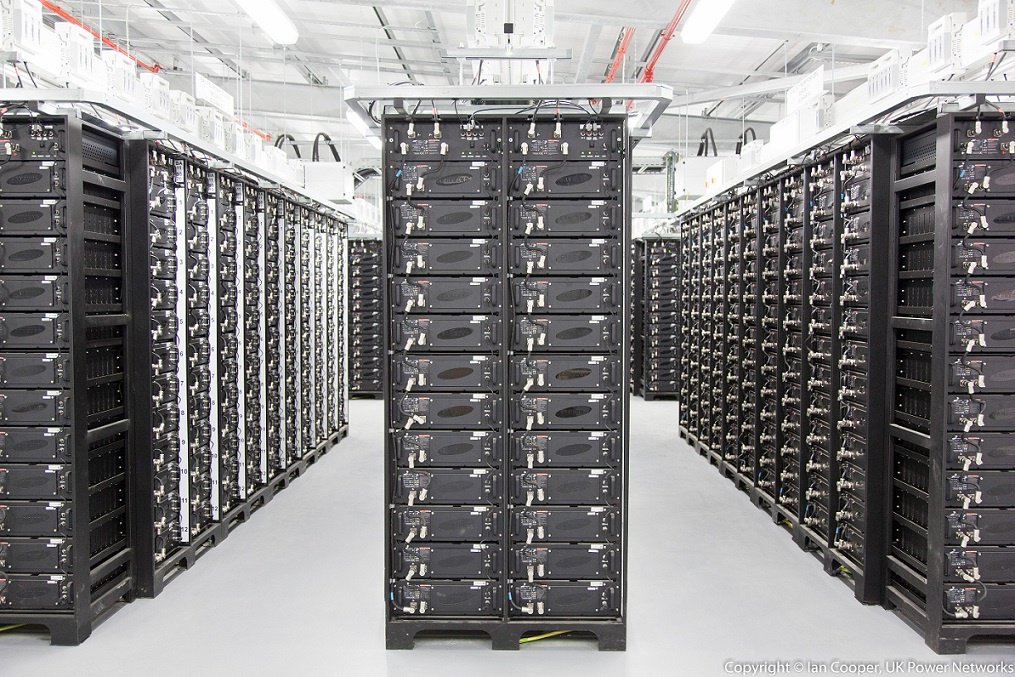(REPOST: Lexology)
Before the introduction of the feed-in-tariff (FIT) in 2010, the only interaction that a housing developer or resident might have with electricity would be as a consumer of electricity supplied to the development from the grid.

Since 2010, many developers or residents (or in some cases, third parties they have contracted with) have also become generators of electricity; most commonly by way of roof-mounted solar panels.
As we head towards the 2020s, how many developers will also become involved in the storage of electricity using batteries?
Why might battery storage be considered?
Whilst the cost of lithium-ion batteries has fallen hugely over the last few years, the rationale for incurring the additional capital cost involved in installing a battery needs careful consideration.
The following may be a potential driver for the installation of batteries at particular developments:-
Maximising the use of on-site electricity generation
Installing a battery may increase the amount of electricity that can be consumed on-site from a source of on-site generation. For example, storing the electricity generated via solar PV during the afternoon when residents are out for use when residents return home.
Depending on the lease or other arrangements governing the development, this may result either in:
- a benefit solely to residents where they receive solar generated electricity for free, or
- a benefit to residents and the owner of the solar installation where solar generated electricity is cheaper than what a resident would pay for grid supplied electricity, but higher than prices that the installation owner could achieve from exporting electricity to the grid.
There may be a case for adding batteries on a retrofit basis in relation to existing solar installations, where the consumption profile for the development shows low day-time usage.


